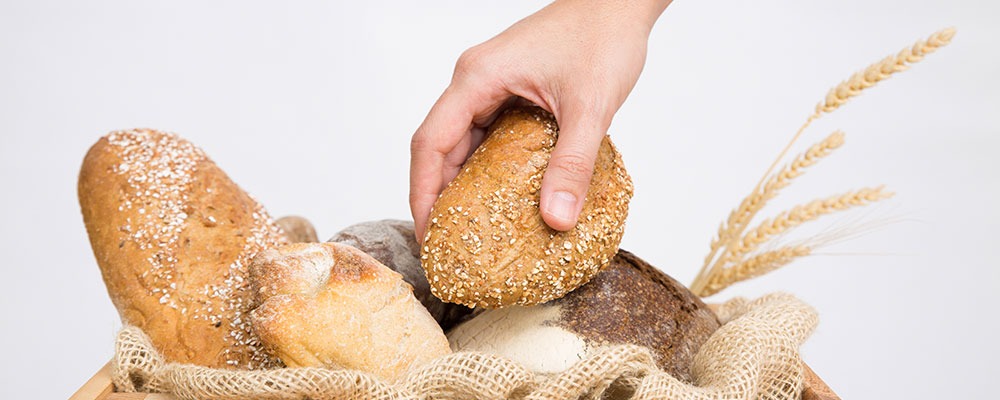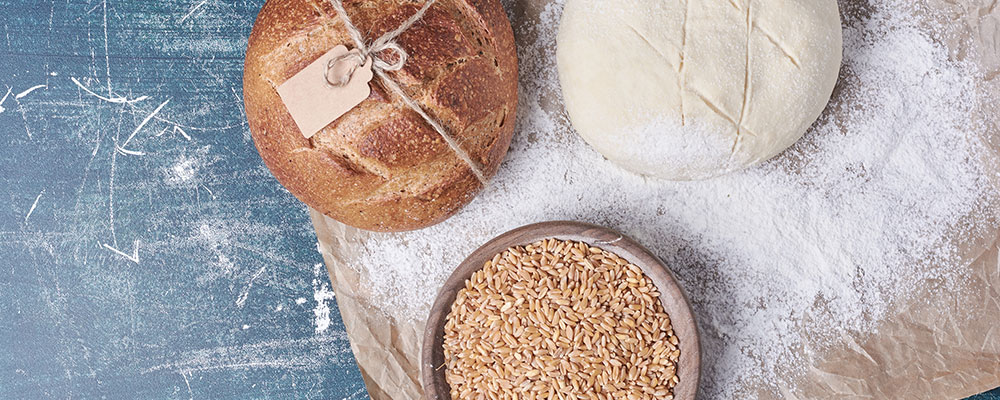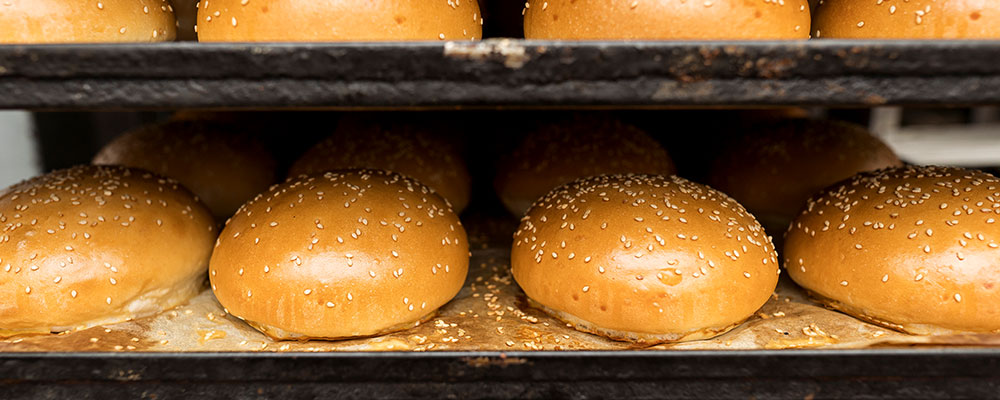In the modern food industry, consumer expectations are higher than ever. Freshness, softness, flavour, and visual appeal are no longer enough—today’s consumers also expect their bakery products to maintain these qualities for longer periods. This is especially true in the case of buns and rolls, where a short shelf life often leads to wastage and economic loss. Fortunately, advances in food biotechnology have provided a solution in the form of bakery enzymes. These specialised proteins play a key role in extending the shelf life of baked goods without compromising on quality. But what exactly is the science behind this? Let’s take a closer look.
Understanding Shelf Life in Baked Products
Shelf life in buns and rolls refers to the duration during which the product retains its desirable attributes—soft crumb, elastic texture, pleasant aroma, and resistance to mould. Over time, these characteristics begin to deteriorate due to processes like starch retrogradation, moisture migration, and microbial spoilage.
Starch retrogradation, in particular, is a primary cause of crumb firming. After baking, gelatinised starches in the flour begin to recrystallise as they cool, pushing out water and leading to a firmer, drier texture. While this is a natural process, it severely impacts the eating quality of buns and rolls. In addition, moisture loss and microbial growth also contribute to reduced product shelf life.
Bakery Enzymes: Nature’s Intelligent Catalysts
Enzymes are biological catalysts that speed up chemical reactions without being consumed in the process. In baking, they can be used to enhance dough stability, improve crumb structure, and most importantly—extend shelf life. The enzymes used in bakery formulations are typically derived from microbial sources and are safe, non-toxic, and highly effective in small doses.
Some of the most commonly used enzymes in the baking industry include amylases, lipases, xylanases, and proteases. Each of these has a unique function and contributes to specific quality improvements in the final product.
The Role of Amylases in Shelf-Life Extension

Amylases are perhaps the most significant enzymes when it comes to maintaining softness in buns and rolls. They break down starch molecules into simpler sugars, which not only contribute to better fermentation but also interfere with the recrystallisation process that causes staling. Specifically, maltogenic amylases are widely used for their ability to produce longer-lasting softness by modifying the amylopectin component of starch, thereby delaying retrogradation.
By reducing the firming rate of the crumb, amylases allow buns and rolls to remain soft and moist for a longer period. This translates directly into an extended shelf life, reduced returns, and improved consumer satisfaction.
Lipases and Their Effect on Crumb Structure
Lipases are enzymes that break down lipids (fats) into mono- and diglycerides, which function as natural emulsifiers. These emulsifiers help stabilise the air–water interface in the dough and contribute to a finer crumb structure with improved softness. Additionally, the emulsification process enhances moisture retention within the product, which further prevents staling.
By producing natural emulsifiers in situ, lipases provide a cost-effective alternative to synthetic emulsifiers and additives, aligning well with the clean-label trend in modern bakery products.
Xylanases for Dough Handling and Volume

Xylanases, also known as hemicellulases, target the non-starch polysaccharides present in wheat flour, mainly arabinoxylans. These components can bind water and negatively impact dough elasticity. Xylanases break down these complex polysaccharides into simpler fragments, resulting in improved dough machinability, gas retention, and final loaf volume.
While xylanases primarily influence processing and volume, their indirect effect on shelf life cannot be ignored. Better dough structure leads to uniform crumb and less water migration, both of which contribute to delayed firming and prolonged softness.
Proteases and Gluten Modification
Proteases work by modifying the gluten network in dough. While excessive proteolysis can weaken the dough structure, carefully controlled amounts can make it more extensible and easier to work with. This is particularly beneficial in buns and rolls, where a soft bite is desired.
Although proteases are not directly responsible for shelf-life extension, they do play a complementary role in improving texture and workability—key factors for consistent product quality across production batches.
Enzyme Synergies and Customised Formulations
The true power of bakery enzymes lies in their synergistic effect. When used together in tailored blends, enzymes can address multiple aspects of staling and quality deterioration simultaneously. For instance, a formulation containing both maltogenic amylase and lipase can extend softness while enhancing crumb resilience and moisture retention.
These enzyme solutions can also be customised based on the type of flour used, production process, ambient storage conditions, and desired shelf life. This makes enzymes incredibly versatile tools for bakeries operating at different scales and targeting various market segments.
Clean Label, Consumer-Friendly Innovation

With increasing consumer awareness around food ingredients, clean-label baking has gained momentum. Enzymes offer a natural, label-friendly solution to shelf-life extension without the use of chemical preservatives or artificial additives. Since enzymes are denatured during the baking process and are not present in the final product in active form, they align perfectly with clean-label declarations.
In this way, enzymes support the formulation of healthier, more natural baked products that meet modern consumer expectations while delivering commercial benefits to manufacturers.
A Win-Win for Bakers and Consumers
The use of bakery enzymes to extend the shelf life of buns and rolls is a win-win strategy. Bakers benefit from reduced waste, improved operational efficiency, and extended distribution reach, while consumers enjoy fresher, softer products for longer. As scientific understanding of enzymatic functions continues to evolve, new enzyme innovations are emerging that promise even greater benefits in the future.
At the same time, enzyme-based solutions contribute to broader sustainability goals by reducing food spoilage and minimising the need for chemical additives. This aligns with global efforts towards more responsible and eco-conscious food production systems.
Conclusion
At Biolaxi Enzymes Pvt. Ltd., we understand that every baked product has its own unique challenges and goals. That’s why we offer customised enzyme formulations crafted to deliver consistency, quality, and prolonged freshness in every bite. Our bakery improvers are designed using cutting-edge biotechnology and years of research to ensure optimal performance across a wide variety of applications—from traditional rolls to modern, mass-produced buns.
With over 14 years of scientific and engineering expertise, Biolaxi continues to empower bakeries with innovative, eco-friendly enzyme solutions that improve shelf life, reduce costs, and elevate consumer satisfaction. Whether you’re a commercial bakery or an artisanal brand, partner with Biolaxi to craft excellence—naturally and reliably.




